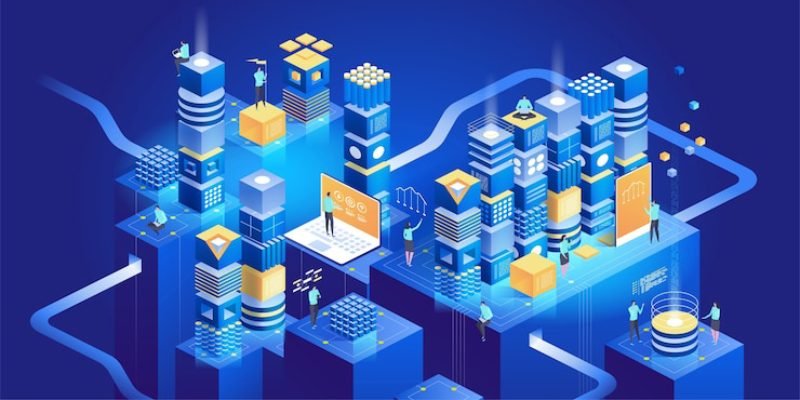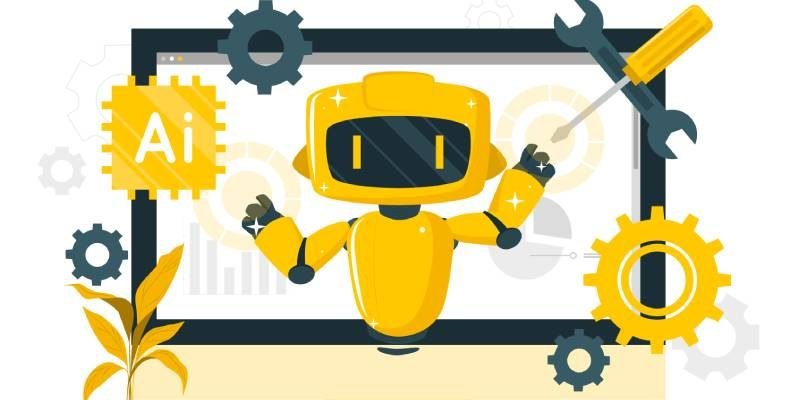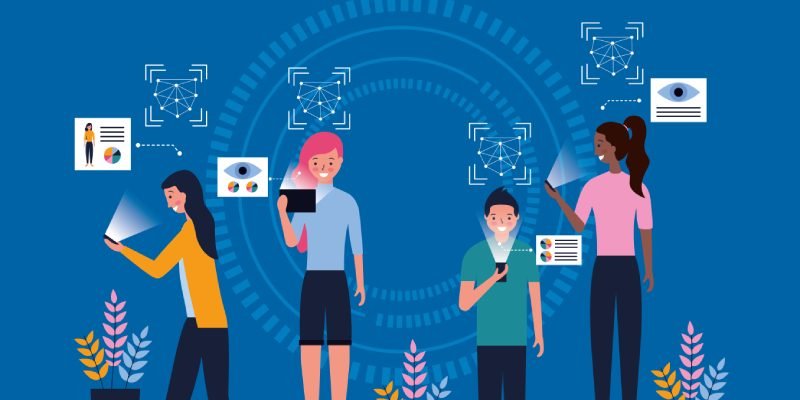Introduction
Picture this: you’re managing a massive wind farm, and instead of sending technicians to climb each turbine to check for issues, you can monitor every component in real-time from your office. You can predict when a bearing might fail, optimize energy output based on weather patterns, and even run simulations to test new configurations—all through a digital replica of your physical assets. This isn’t science fiction; it’s the power of Digital Twin technology.
Digital Twins are transforming how we interact with complex systems across every industry imaginable. From keeping jet engines running smoothly to helping doctors plan surgeries, these virtual replicas are becoming the secret weapon for organizations looking to stay ahead of problems rather than just react to them.
What is a Digital Twin?
A Digital Twin is a virtual replica of a physical object, process, or system that spans its lifecycle and is updated from real-time data. It uses simulation, machine learning, and reasoning to help decision-making by providing insights into the performance, maintenance needs, and potential issues of its physical counterpart.
Think of it as a living, breathing digital mirror that not only reflects the current state of a physical asset but can also predict its future behavior and optimize its performance.
Core Components of Digital Twin Architecture
1. Physical Layer
The foundation of any Digital Twin starts with the physical asset itself:
- Sensors and IoT Devices: Collect real-time data on temperature, pressure, vibration, location, and other parameters
- Actuators: Enable the digital twin to influence the physical world
- Communication Infrastructure: Networks that facilitate data transmission
2. Data Layer
This layer manages the flow and storage of information:
- Data Ingestion: Real-time streaming of sensor data
- Data Storage: Time-series databases, data lakes, and cloud storage solutions
- Data Processing: ETL pipelines, data cleansing, and transformation
- Data Security: Encryption, access controls, and compliance measures
3. Model Layer
The brain of the Digital Twin:
- Physics-Based Models: Mathematical representations of physical behaviors
- Machine Learning Models: AI algorithms that learn from historical data
- Simulation Engines: Tools for running “what-if” scenarios
- Digital Geometry: 3D models and CAD representations
4. Analytics Layer
Where insights are generated:
- Real-time Analytics: Immediate processing of incoming data
- Predictive Analytics: Forecasting future states and behaviors
- Prescriptive Analytics: Recommending optimal actions
- Anomaly Detection: Identifying unusual patterns or behaviors
5. Application Layer
The user-facing components:
- Visualization Dashboards: Interactive interfaces showing real-time status
- Mobile Applications: On-the-go access to Digital Twin insights
- APIs: Integration points for other systems
- Notification Systems: Alerts and warnings for critical events
6. Integration Layer
Connecting with existing systems:
- Enterprise Systems: ERP, CRM, and other business applications
- Third-party Services: Weather data, market information, regulatory databases
- Legacy Systems: Existing industrial control systems and databases
Industry Applications and Use Cases
Manufacturing
- Predictive Maintenance: Preventing equipment failures before they occur
- Quality Control: Real-time monitoring of production processes
- Supply Chain Optimization: Tracking materials and products throughout the lifecycle
Healthcare
- Personalized Medicine: Digital twins of patients for treatment optimization
- Medical Device Monitoring: Real-time tracking of implanted devices
- Hospital Operations: Optimizing resource allocation and patient flow
Smart Cities
- Traffic Management: Optimizing traffic flow and reducing congestion
- Energy Management: Balancing supply and demand in smart grids
- Environmental Monitoring: Tracking air quality and pollution levels
Aerospace
- Aircraft Maintenance: Predicting component failures and optimizing maintenance schedules
- Flight Optimization: Real-time route adjustments based on weather and traffic
- Design Validation: Virtual testing of new aircraft designs
Future Trends and Considerations
Autonomous Digital Twins
The next evolution involves Digital Twins that can make decisions and take actions autonomously, with minimal human intervention.
Federated Digital Twins
Networks of interconnected Digital Twins that can share information and coordinate actions across multiple systems and organizations.
Quantum Computing Integration
As quantum computing matures, it could revolutionize the computational capabilities of Digital Twins, enabling more complex simulations and optimizations.
Sustainability Focus
Digital Twins are increasingly being used to optimize energy consumption, reduce waste, and support sustainability initiatives.
Conclusion
Digital Twin architecture represents a sophisticated blend of physical sensors, data processing, advanced analytics, and user interfaces working in harmony to create actionable insights from complex systems. As technology continues to advance, we can expect Digital Twins to become even more intelligent, autonomous, and integral to how we design, operate, and optimize the world around us.






